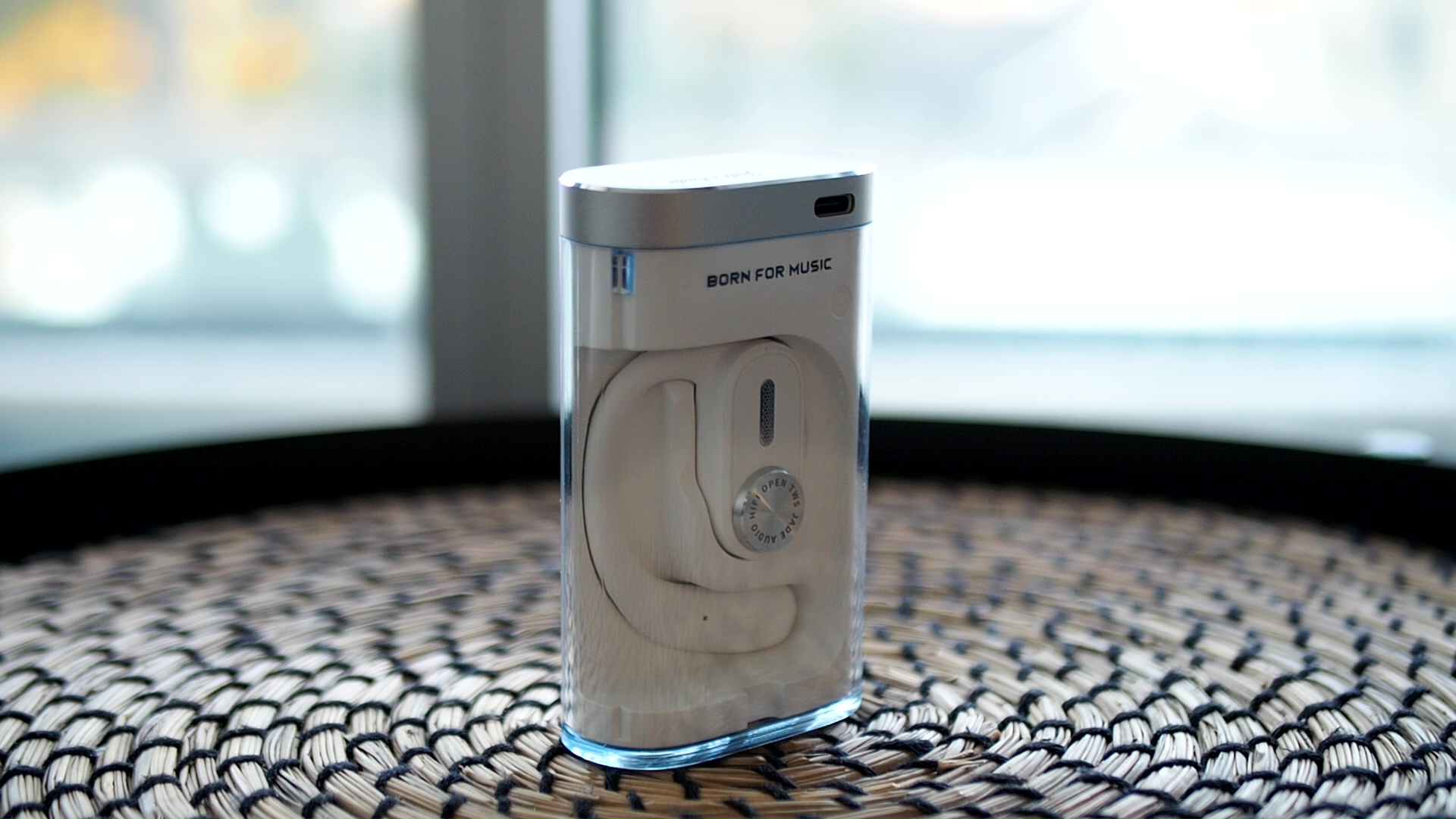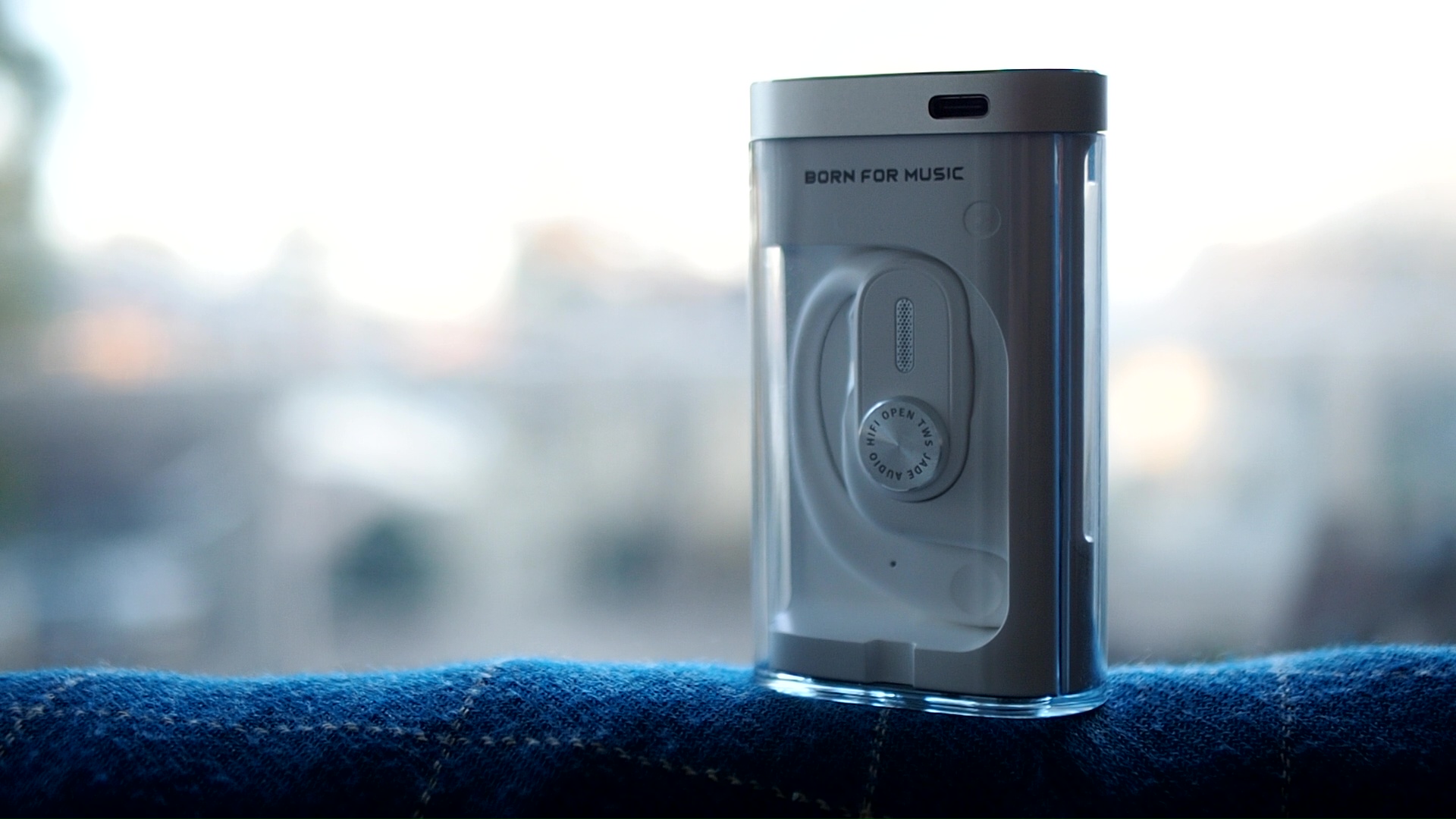FiiO JW1 - TWS Open Ear Headphones
Today, we have a look at FiiO’s first foray into the casual audio market, the True Wireless Open Ear Headphone JW1
Forewords
- What I look for in an IEM is immersion. I want to feel the orchestra around me, track individual instruments, and hear all of their textures and details. I’m not picky about tonality, as long as it does not get in the way of immersion.
- I rate IEMs within with a consistent scale from 1 (poor) to 3 (Adequate) to 5 (outstanding). Ratings are assigned by A/B tests against benchmark IEMs, regardless of the retail price.
- Ranking list and measurement database are on my IEM review blog.
- Terms used in my reviews are consistent with the glossary by Headphonesty
- This review is based on a review sample from FiiO (Thank you!). I have no affiliation with or financial interest in FiiO. The unit retails for $35 at the time this review was published.
Specs
- Driver: 14.2mm dynamic driver
- Connector Type: Bluetooth 5.3
Build and Comfort

Whilst JW1 does not need any accessories like cable, ear tips, or carrying case, FiiO still manages to find some add-ons to provide in the package. In particular, you have a USB charging cable and a cloth bag.

As an open-ear device, JW1 is very comfortable because it does not seal your ear canals. I only have slight discomfort at the back of my ears where the ear pieces grab onto my ears after a few hours of continuous usage.


JW1 offers zero noise isolation.
Regarding connection, I have solid bluetooth connection with minimal latency via AAC to my iPhone. I was able to use this pairing both indoor and outdoor in noisy environment. However, my unit has random cut-off now and then. Since other reviews do not mention the same problem, I suspect it is an isolated case.
Tonality
The sound signature of JW1 is dominated by upper midrange. Though I cannot measure the frequency response, based on the subjective experience, I suspect that the upper midrange (1kHz-4kHz) is raised up to 15dB above the midrange at 500Hz. It means that some vocal centric music can sound slightly shouty or even tinny. However, the midrange tonality works much better with instrumental and ambient music.
The treble of JW1 rolls off after the upper midrange, which is expected. On the plus side, it does not sound harsh or sibilant, whilst maintaining a decent level of presence in the mix.
Bass and Dynamic

The bass of JW1 is light in terms of loudness. However, it still manages to convey a slight sense of thumpiness and dynamic, with decently defined bass attacks. In fact, the bass response of JW1 reminds me of the FiiO FF5 when I listen without any foam.
Soundstage Imaging
 The soundstage of JW1 is the brightest point of its performance. Most of the time, music sounds out-of-the-head (because it literately comes from outside the ears), especially if you listen to airy and open ambience music or classical recordings.
The soundstage of JW1 is the brightest point of its performance. Most of the time, music sounds out-of-the-head (because it literately comes from outside the ears), especially if you listen to airy and open ambience music or classical recordings.
Positioning of instruments within the soundstage is surprisingly competent, even in terms of the depth (near to far). You shouldn’t expect laser-focus imaging capability, but JW1 is not far from the level of competent IEMs and flathead earbuds.
Resolution
Resolution of JW1 is also decent, especially if we consider the limitation of the form factor. Instruments have decently defined edges and separation. Thanks to the wide soundstage, the smearing of instruments is mostly kept to a minimal level. The micro detail is nothing to write home about, given the lack of upper treble extension. But again, JW1 does not sound overly smoothened, as some micro details in the midrange are still discernable.
My Take
To me, JW1 is interesting in two aspects. Firstly, the sonic performance is mostly competent, given the design challenge that there is absolutely no seal. In fact, the soundstage performance was so compelling that I can’t help but hoping that FiiO would revisit this concept with better drivers and tuning to target the “audiophile” customers.
The second interesting aspect is the price. I’m surprised by how low FiiO can price a pair of fully functional TWS
Pros:
- Comfort
- Soundstage
- Price
Cons:
- Unbalanced tonality with some tracks
- Bass should be stronger for gym uses
Who are these IEMs for?
- Runners and cyclists
- Office workers
- Curious audio geeks

